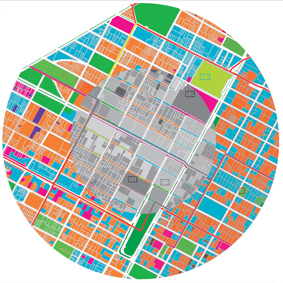I would like to start with a comment on Mr. Daniel Kahneman`s presentation of our thinking processes. His notion that we can think both fast and slow is agreeable to me, however even thou it is not part of the questions I would like to dwell further on this topic. My believe is that in reality there is ,in 99% of the cases, no such thing as fast thinking. Sure, we do something that appears as thinking, but is it really?
The toughs that emerge into our brains in response to the situation we find ourselves in do look like our own genuine product. In fact I don`t think that they are anything else, but pre-learned models of behavior, programmed in our heads from our surroundings while we where growing. We have observed how other people/characters behave in similar situations so long, that as soon as we find ourselves in the same scenario we assume that the solutions that our brain provide us with, our thoughts, are actually our own thoughts. We assume that the feelings that we feel in those situation are our own feelings. I found for myself, that in all of those cases, every time, if I stop to analyse and question the scenario at that moment, those thoughts and those feelings were not really mine. Sure they could work, but most of the time they are not the best way I could think or feel. And I mean the best way for my own self. My own interests and goals.Because there are never two situations exactly alike ( there are always some different details ) acting according to a pre-learned (or programmed) model of behavior never actually is the best way to act. If you start thinking where does your feelings emerge from, you will find out that you have been programmed to feel like that in this scenario. And most of the time, when you think (for yourself and specifically about this situation right now) you will find out that you don`t want to feel the way you feel, that there is actually no reason to feel this way at all. And suddenly you don`t feel this way no longer. Because feelings emerge from thoughts. And thoughts, most of the time are not our thoughts, they are somebody else thoughts that we adopted for our own without questioning them. At all. So that is why I can not agree with Mr. Kahneman. For me there is slow thinking and no thinking. Period. Read More



